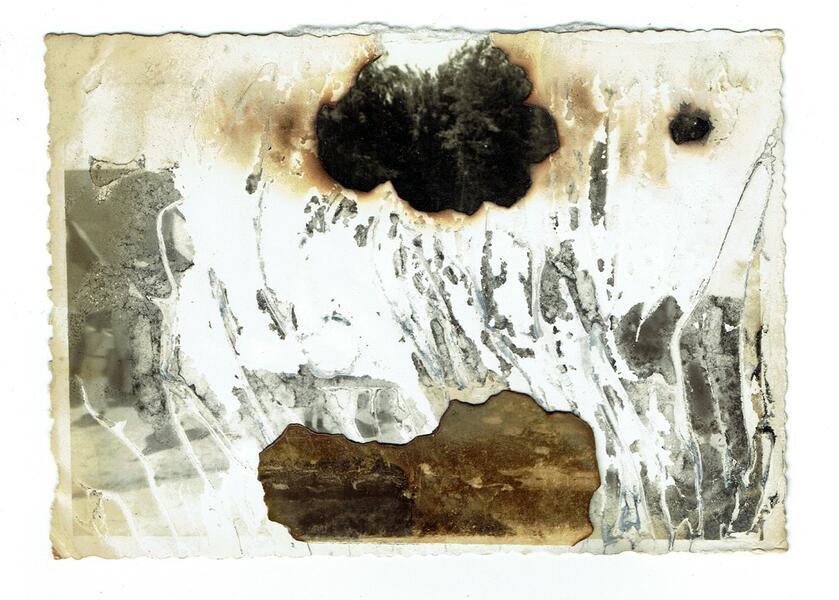RICARDO MIGUEL HERNÁNDEZ: FROM PRIVATE SPACE TO THE CONSTRUCTION OF MEMORY
In The Pran Projecten —Aruba-based platform dedicated to exhibiting the production of artworks that question the present of the former European excolonies in Central America—, the Cuban artist Ricardo Miguel Hernández (Havana, 1984) exhibits a series of photographic collages. Curated by Nelson González, When The Memory Turns To Dust II will be on view until the 31st of March.

Using as an anchor the so-called domestic-vernacular-popular photography, a concept coined by the art historian Geoffrey Batchen, Ricardo Miguel Hernández delves into an extensive photographic archive to transfer the domestic space into the social space: the exhibition space. In this movement, the Cuban artist gives historical, artistic and commercial value to a set of images that by definition have been placed on the margins of the canon, not only questioning the construction of history but also the parameters of modern and contemporary art in relation to the photographic medium.
In the same way, the series of analogue photocollages presented by Hernández vindicate the archives as preserving capsules of memory. As explained by The Pran Projecten team: "It is precisely the functional, contextual, discursive and aesthetic disorder that the artist seeks. The significance of this photography is not only anchored in the conservation and discovery of a residual archive but also in the aesthetic and conceptual reconfiguration that the artist contributes by offering a new dimension of existence to this material of memory".
On the other hand, the artworks constitute a re-reading of an archive that, at first, is limited to the family-private sphere. In this sense, the artist's gesture, his manipulation of the photographic material shakes, literally and symbolically, the dust off the photographs, opening them up to new possibilities of meaning.
Hernández operates like an archaeologist: he collects the traces of time impregnated in the negatives and transfers them to a space for research and exhibition. He (re)constructs the historical discourse by introducing new symbols into the collective memory. And he takes it even further: he includes elements —time traces from different sources—and puts them into dialogue with the photographs. As a result, he challenges the limits of the factual by putting it in dialogue with the creation of a fictional and artificial world which is no less reliable for that.




